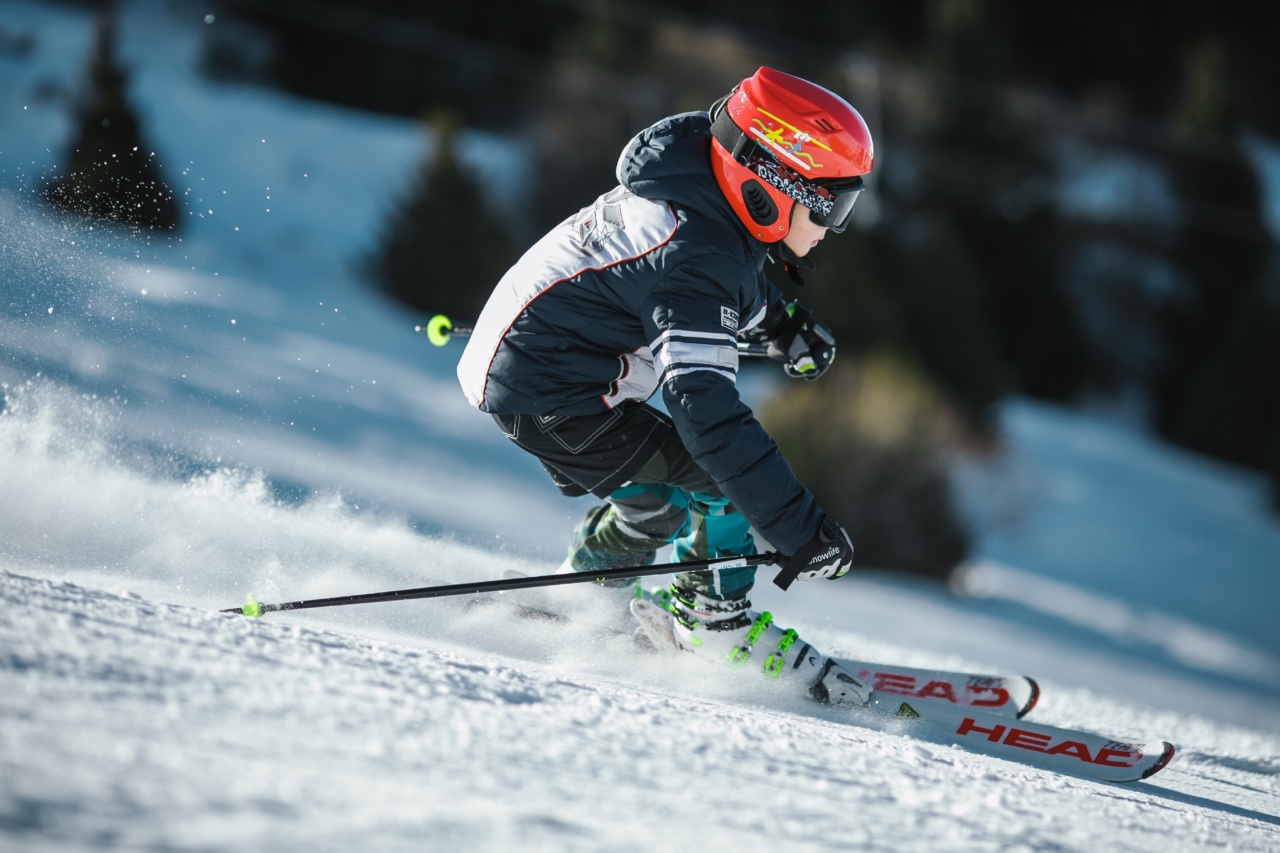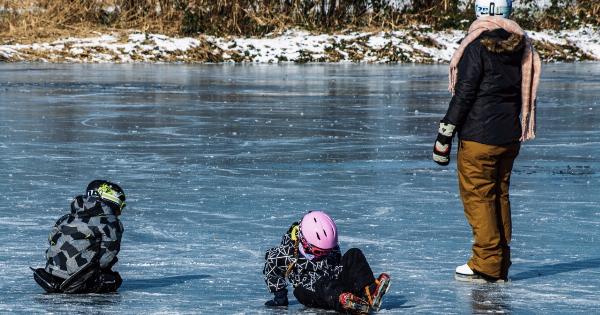Winter sports are a fun way to get outside and stay active during the colder months. However, participating in winter sports also comes with a risk of injury.
In order to prevent injuries while skiing, snowboarding, skating, and engaging in other winter sports, it’s important to take certain safety precautions. In this article, we’ll be discussing some tips for staying safe and preventing winter sports injuries.
1. Wear Appropriate Gear
Wearing the right gear is essential when participating in winter sports. This gear includes helmets, goggles, gloves, and appropriate clothing.
Helmets are especially important when skiing and snowboarding, as they can help prevent head injuries in the event of a fall. Goggles protect your eyes from the glare of the sun and the snow, and gloves keep your hands warm and protect them from the cold.
2. Stay Hydrated
Staying hydrated is important for any type of physical activity, but it’s especially important when participating in winter sports.
The cold weather can dehydrate you quicker than you realize, so be sure to drink plenty of water throughout the day. Consider grabbing a water bottle with an insulated cover to keep your water from freezing.
3. Warm Up Before Participating
Before hitting the slopes or the ice rink, it’s important to warm up your muscles and get your heart rate up.
This can help prevent injuries like pulled muscles, as well as make it easier for you to perform your best during your winter sport activity. Take a few minutes to do some simple stretches and light cardio exercises before starting your day.
4. Take Lessons
If you’re new to a winter sport like skiing or snowboarding, it’s important to take lessons from a professional instructor. They can teach you the proper techniques and help you avoid injury.
Even if you’re experienced, taking a refresher lesson each season can help you identify and correct any bad habits before they turn into injuries.
5. Know Your Limits
One of the most common causes of winter sports injuries is pushing oneself beyond their limits. It’s important to know both your physical limits and your skill level when engaging in these activities.
Don’t try to perform advanced techniques until you’ve mastered the basics, and don’t attempt to ski or snowboard on runs that are too difficult for your skill level.
6. Stay Aware of Your Surroundings
When participating in winter sports like skiing or snowboarding, it’s important to stay aware of your surroundings. Watch out for other skiers and snowboarders around you, and be sure to follow the designated runs and trails.
Don’t go off-trail or try to perform stunts in areas that aren’t designated for them.
7. Check the Weather Conditions
Before heading out to participate in winter sports, be sure to check the weather conditions for the day. If there’s a storm or it’s extremely cold, it may be best to skip your day on the slopes or the rink.
Snow and ice can also make it harder to control your movements, so keep this in mind when deciding whether or not to participate.
8. Take Breaks Frequently
It’s important to take frequent breaks when participating in winter sports. This can help prevent fatigue, which can lead to sloppy form and an increased risk of injury. Take a break every hour or so to rest and rehydrate.
9. Don’t Participate Alone
When participating in winter sports, it’s important to have a buddy. This is especially important if you’re going to be skiing or snowboarding in the backcountry.
If you do get injured, having someone with you can help you get the help you need quickly.
10. Be Prepared for an Emergency
Finally, it’s important to be prepared for an emergency when participating in winter sports. Carry a first aid kit with you and know how to use it. Consider also carrying a whistle or other device for calling for help in case of an emergency.
Conclusion
Winter sports can be a fun and exciting way to stay active and enjoy the outdoors during the colder months. However, participating in these activities does come with a risk of injury.
By following the tips discussed in this article, you can minimize your risk of injury and ensure that you have a safe and enjoyable experience while participating in winter sports.































